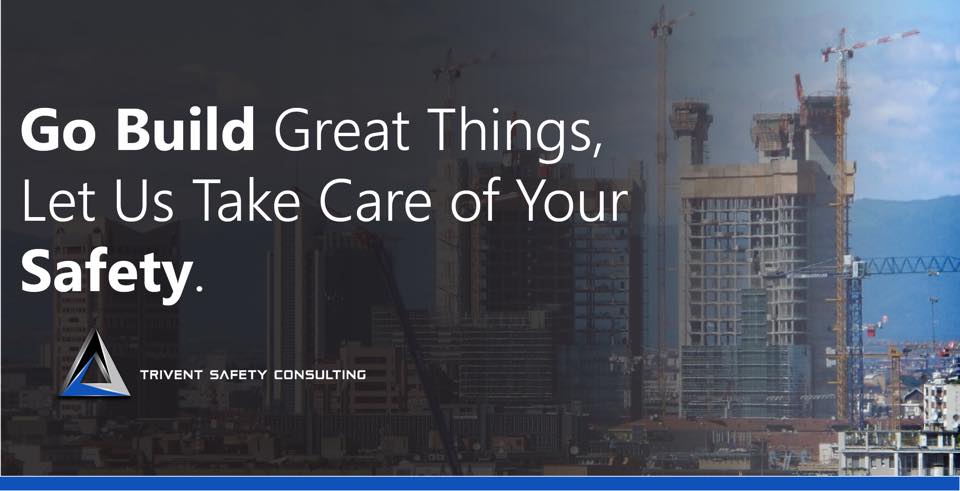Falls from a height remain one of the leading causes of fatal accidents at work, especially in the construction industry. Like the human, financial and economic impact, the human cost of these accidents is not acceptable: falls cause deaths and a wide range of serious injuries, including, in some cases, total loss of mobility (tetraplegia) to various types of limitations and partial disability, which restricts the possibilities of reintegration of workers into their professional life and leads to a substantial reduction in their income. Such accidents can also have a detrimental effect on the public image of the industries concerned, increasing the difficulty of attracting young people and retaining rather older workers.
Reducing the number of falls from a height is therefore essential, and achieving this goal requires the involvement of all participants in all sectors, especially construction, and the use of good practices recommended by a large number of experts will allow effective application of directives, by players involved in occupational health and safety.
There is a direct link between differences in height at work and the risk of falling. During temporary work at height, workers are generally exposed to this risk, while they reach the worksite (with or without equipment or materials) as well as during the work.
Employers are responsible for the health and safety of workers, so they should ask themselves:
- Can the work be carried from the ground? (Example: lowering a chandelier from a concert hall for repairs).
Or
- Should we install a work platform near the work area, to reduce the height difference?
If the height difference cannot be eliminated, the following factors must be accurately determined: the configuration of the workplace (location, machinery, equipment, materials, weather etc.) sources of risk (working height, proximity to the gap, other works performed nearby etc.) the activity of the worker (task, duration, frequency, posture etc.) the worker (competence, experience, age, physical aptitudes, health etc.)
Although it seems simple to require each worker to protect themselves individually (by wearing harnesses or other types of protective equipment) and to call this “fall protection training”, it should be borne in mind that ensuring a collective protection system is much more effective. In most cases, risk will confirm this.

Fall protection training is also important because working at height is considerably influenced by weather conditions, when taking place outdoors. Fall protection training Colorado safety specialists can teach people how to work safely even in these situations, choosing and installing work equipment according to the risks that may be caused or aggravated by weather changes (e.g. wind gusts, landslides and slippery working platform caused by moisture and frost), or the risks of getting an electroshock due to storms or the vicinity of high voltage lines or electrical installations, heat-induced deformations, etc.).
Employers must learn to consider, from the design stage, the “improvements” that can be made to the working site for coping with weather conditions while working at height (e.g. protection against wind, rain, cold and sun, electrical insulation and/ or grounding of equipment etc.).
